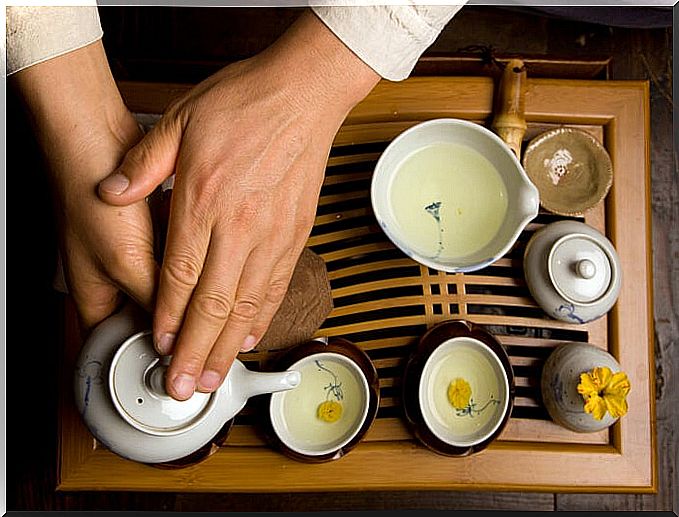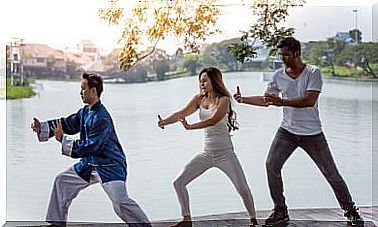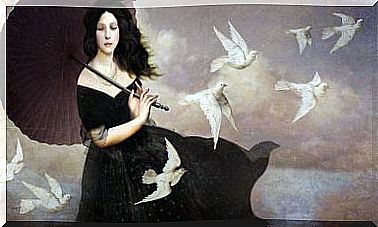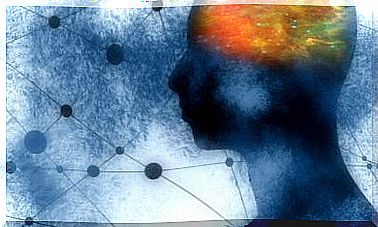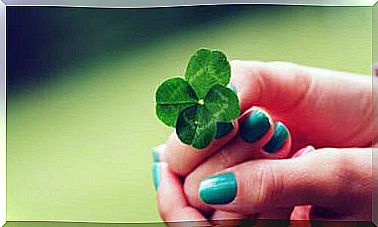The Tea Ceremony And Mindfulness Meditation
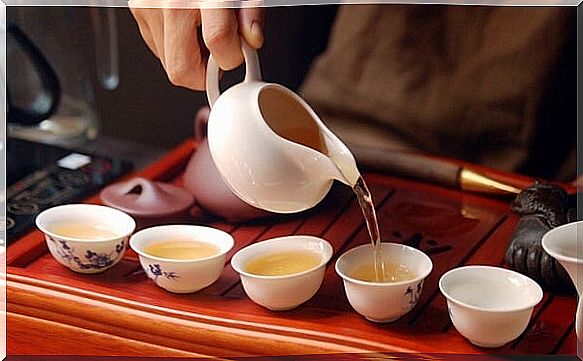
The tea ceremony is part of the Zen meditation rituals. It forms what the Japanese call “Ichigo”, which means “a moment, a meeting”. It is about creating a unique and unrepeatable moment. Focus all the senses towards that moment and live it fully. It is, therefore, a way of exercising meditation.
There are different steps in the tea ceremony. Each of them must be carried out with utmost conscientiousness. That’s what it’s all about, concentrating exclusively on the moment and perceiving even the smallest details of the ritual. Leave the rush, the worries, the before and after.
This ritual is a gift full of respect and affection that the host makes to his guests. Whoever calls a tea ceremony wants, above all, to offer a moment of supreme peace to those who attend. He also wants them to advance on the path of their evolution. That is why everything is done with the greatest devotion and attention is paid to the last detail.
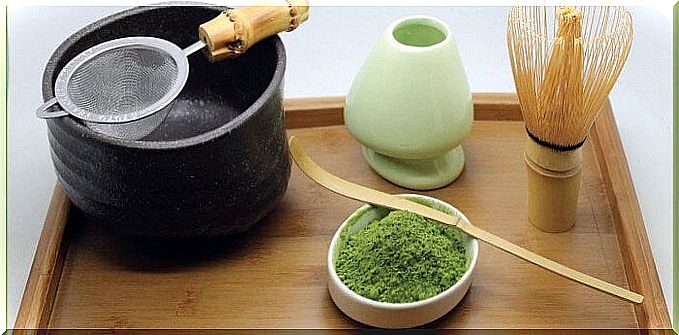
The characteristics of the tea ceremony
The host of the tea ceremony can be anyone, male or female. The preparation of this ritual takes a long time. In Japan, it sometimes takes several years to get it ready. In ancient times it was practiced by samurai and therefore has almost sacred connotations.
It is important that whoever performs the ceremony knows how to prepare the tea. It is not done in any way. Perhaps in the West it would be very difficult to do it in such a thorough way as it is prepared in Japan. In any case, it is required that the drink be prepared in the most perfect way possible. It should be pleasant to others and the product of a demonstration of sensitivity and care.
Guests must also know how to drink tea. The ceremony has fifteen steps and they must know them in order to perform the ritual properly. From the outside it may seem very complicated, but it is not. The feeling of difficulty is provided by several details that must be respected. On the other hand, in the western world the tea ceremony has become more and more known and practiced.
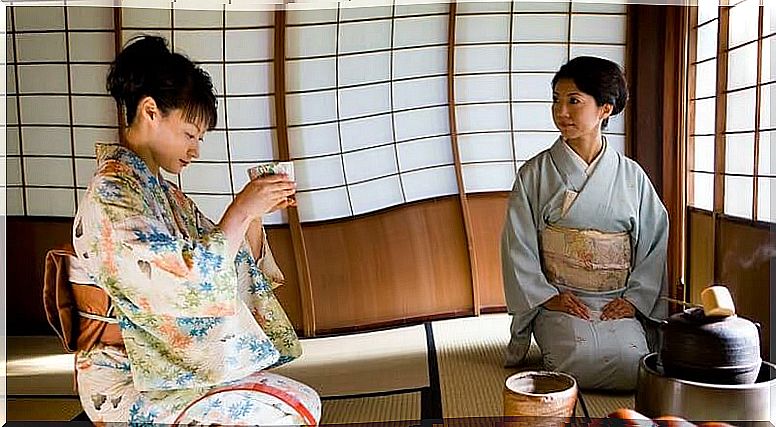
The steps of the tea ceremony
As we have already noted, the tea ceremony has fifteen steps. At least that’s how it is done in Japan. Each must be completed for the ritual to be truly authentic. The steps to follow are these, in the order in which they are exposed:
- The host should think about the three basic principles of the ceremony: peace, harmony and serenity. Concentrate on offering them to your guests.
- Purify all the elements that are going to be used. Purity is a central concept in this ceremony.
- Arrange the space and prepare it to receive the guests, thinking about the comfort of each one of them.
- A guest of honor is appointed, who will set the tone for the other guests. He must enter the compound first.
- The host welcomes you and exchanges affectionate words with the guest of honor and the other guests. He welcomes them generously and respectfully.
- Some light starters such as cakes or similar light foods are offered.
- All guests must be formally dressed. In the West, preferably, using the color white in their clothes.
- The host arranges the elements to prepare the tea: water and leaves. It is recommended that everyone remain silent and pay close attention to every detail of the situation-
- The host puts the water into the kettle, slowly and allowing everyone to watch, listen and feel every second.
- Then the tea leaves are put into the water, with the same attitude as the previous step.
- Then tea is served in each of the cups, keeping silence.
- The cups are distributed among the guests. When giving it to each one, a word or phrase is said, as a welcome.
- The guests drink the tea.
- Two rounds are made. After the second, each guest covers his cup with the saucer. The basic ceremony is over.
Sometimes everyone drinks from the same cup first and then from individual cups. The tea ceremony is particularly useful when performed between people who practice meditation. His teaching is as simple as it is rich: each moment of life is unique and will never return.
